Most of the teenage kid’s parents would have seen their kids becoming “Negative Nancies” suddenly, wouldn’t they? Pre- and teenage kids are known to say NO to everything their parents suggest. Will that constitute “Negativity” in kids? No, and Yes, also to a certain extent. Research shows that some kids are born with negative thoughts or pessimistic attitudes, and whereas some kids are born with a positive attitude. But whatever it is, the child’s negativity problem mainly stems from his negative thinking.
In the olden days, our ancestors would have used this constant worrying or negative attitude to survive predators. And only those who are better prepared for the worst situations would have survived. So, this trait could have been passed on genetically to a certain set of kids.
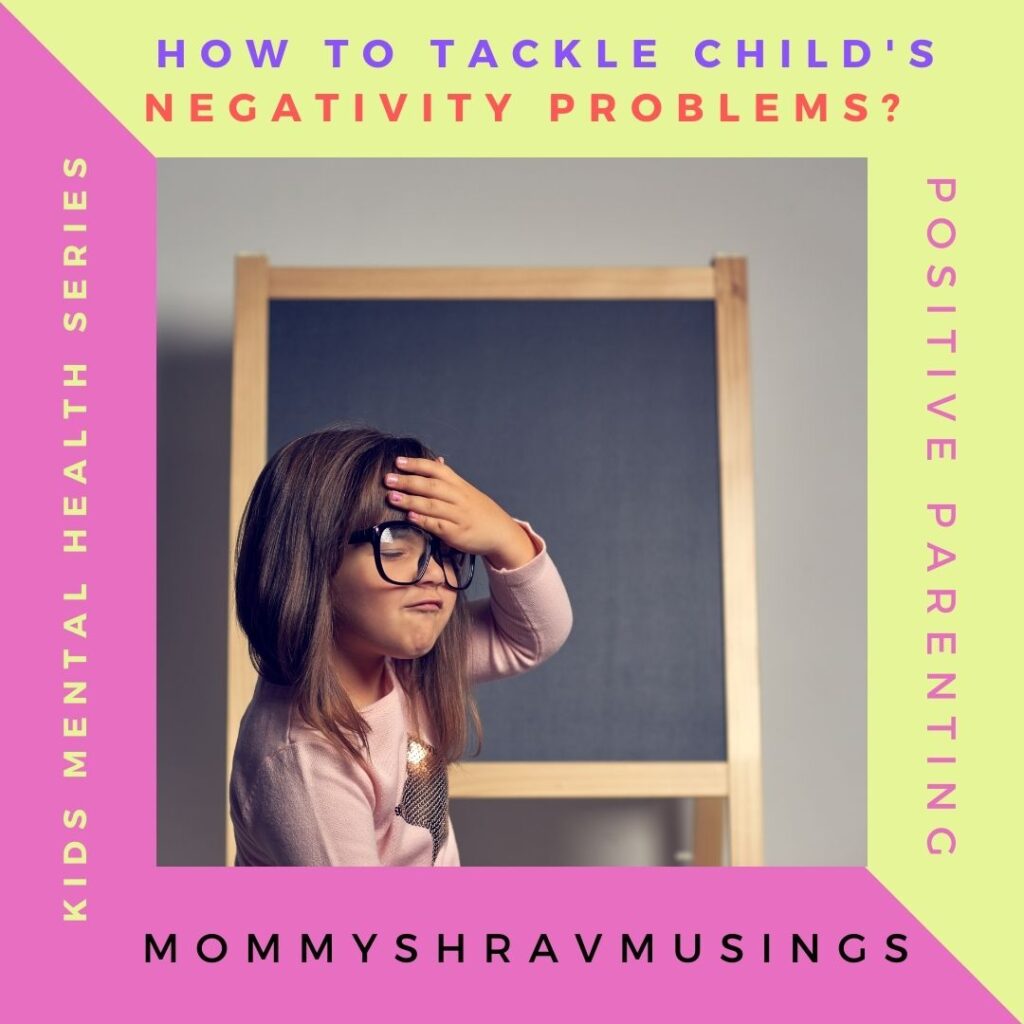
But in today’s scenario, people with this negative mindset will not be able to achieve anything, as they are not willing to take a small step out of their comfort zones or take a risk. In the current competitive world, only those willing to take risks will survive.
Tips to identify the Child’s Negativity Problems.
Negative thinking can plague even children and not just adults. Child psychologist Tamar Chansky says that for kids with the negativity problem, negative behaviors become their default thinking, and they first start using only those negative thoughts instead of any other positive thoughts. They don’t know that there is a choice available to them to remove these negative thoughts and be happy with the positive ones.
Chansky has written a wonderful book to free the child’s negativity problems. As per the book, here are a few guidelines to identify the pessimistic thinking patterns in your child.

# Blaming himself for even those incidents that do not have any of his control.
# Making himself the biggest culprit, even for small things
# Hard on himself by getting angry over the smallest mistakes
# Thinking about always the negative things as to what will happen if this happens
# Not willing to try anything for fear of failure
# Not able to tolerate mistakes or losing in a game
Reading this book, I initially thought I had seen one or the other thoughts in my child, so does that really imply that my child is a Negative Child? The answer is a big NO. These negative thoughts come to everyone at one time or the other. But if the child shows only the above thoughts, without any trace of positive thoughts, that’s when we need to treat the child as a pessimistic child.
It’s like our child looks at the world through a negative filter and sees the negativity in all the people around him. As parents, we must help our children change this negative filter into a positive one. Changsky suggested simple yet practical tips that can be implemented with some patience and time so that we can remove the child’s negativity problem.
For many, Negative thinking is a habit, which overtime becomes an addiction
Peter McWilliams
Tips to Handle a Negative Child:
First and foremost, we need to tell our kid that there is nothing wrong with him; it’s just that the brain or giving some fancy name to those negative traits in his brain, is triggering these negative emotions. Once we make our kid understand this fact, half the battle is won, then:
- Avoid Generalization: For any negative or gross comment that the child makes, instead of reacting, if we can divert our attention out of that topic and tell that kid that he has to deal with that situation as there is no other choice, then the kid will understand that his negative comments aren’t giving him any additional benefits.
2. Show the new choice of positive thinking to kids: Once you named the negative part of his brain, for every instance where the kid comes up with a negative comment, without reacting or taking it personally, tell him that the negative part of his brain is telling these things and its, not him actually. Also, show him how others react in a positive way, even for the biggest mess. That way, the child would be able to identify how his negative thoughts are sprouting and ruining the situation. Slowly, he will start accepting positive thinking as another choice he can make.
3. Don’t become a shoulder to lean on for all his negative complaints: Even parents will have a lot of work, and we can’t keep taking all the negative talk from the kids. So we need to make it clear that he can’t sit and mourn for things that didn’t happen to date, as no one has time for the same. Or for the things that have happened already, they are past us, and no need to mourn for them.
4. Develop the gratitude mindset: By practicing gratitude at home, we can teach the child to develop a gratitude mindset, which is very much needed to lead a positive and happy life in the future. With the gratitude mindset, the kids will start becoming thankful for the stuff around them and start cultivating positive thoughts.
5. Distance from the negative thoughts: Just like the anxiety box and worry box, we can build one negativity jar or something like that, in which the kid can write and store all his negative thoughts. That way, the child will feel that he is actually becoming distant from the negative mindset. He would be willing to embrace the positivity slowly but easily.
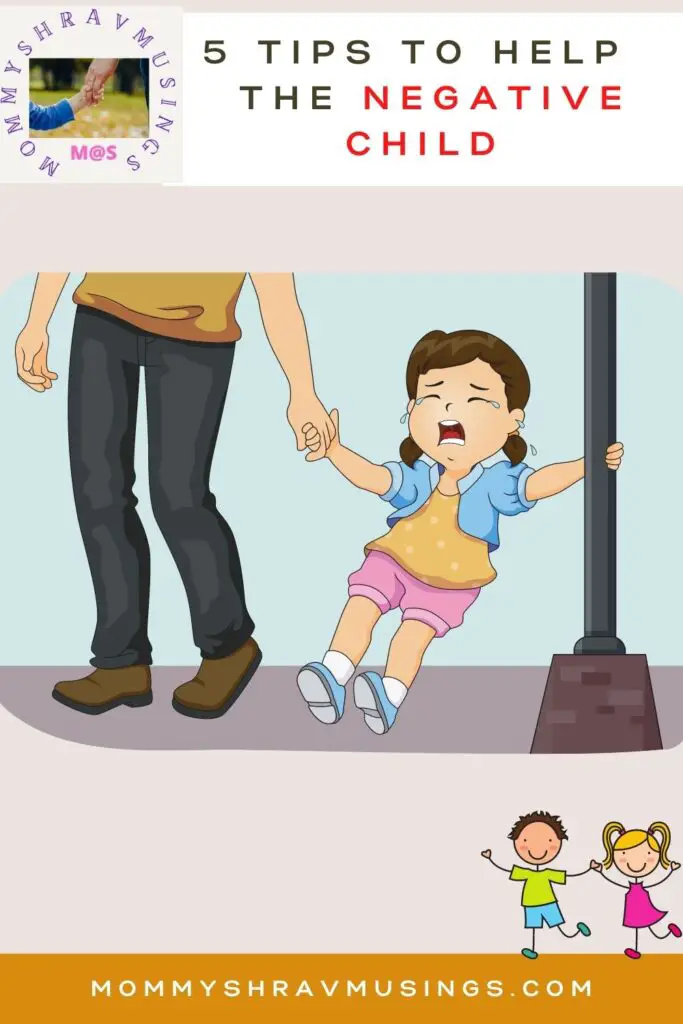
Though there are a lot of activities and exercises to remove a child’s negativity problem, this blog post is not intended to talk about all those activities but to highlight the strategies to remove the negative mindset from the child. As the age-old saying goes, we need to teach the child to see more good and practice doing good, which will fill the child with more positivity.
Please refer to the book Freeing Your Child From Negative Thinking: Powerful Practical Strategies to Build a Lifetime of Resilience, Flexibility, and Happiness, child psychologist Tamar E. Chansky, which opens up a world of options to overcome the child’s negativity problem. This book is helpful for all pessimistic people, irrespective of their age.

Suhasini, IP, is the Author of the book “Practical Tips for Kids Mental Health.” As a certified kids and parents life coach, she helps/guides you toward a happy family life for your kids. She firmly believes that “Emotionally Happy Kids of today are the Mentally Strong and Happy Citizens of tomorrow.” Let’s make the world a happy and beautiful place for our kids to thrive.

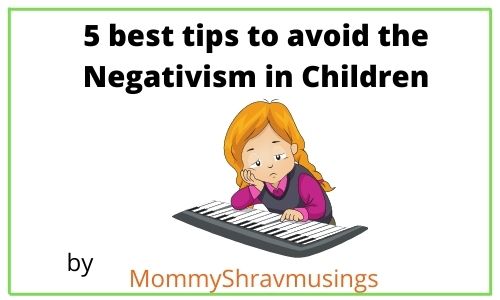


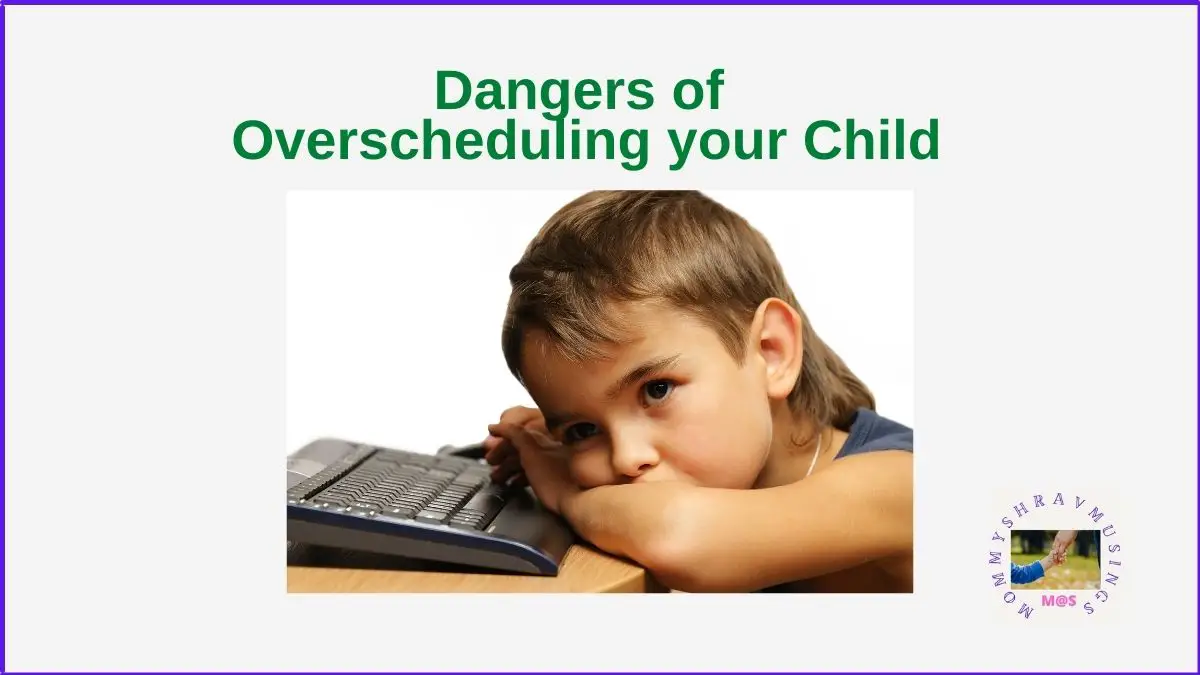
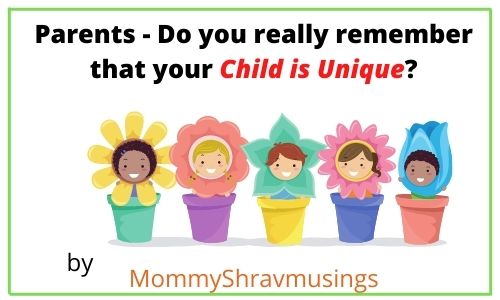

A very relevant topic you chose for today. With the amount of pressure and competitive spirit in parents more than kids this negative attitude is on the rise. And corona is not doing anything to relieve this either. Your tips are really good specially gratitude mindset
Deepika Sharma
Yeah Deepika. I had seen it my child’s class, how much people push their kids without even bothering about their child’s interest.
Parents need a lot of patience to handle the negativity among kids. We need to lead them by examples. But in today’s world when we are under the stressful situations most of the time, it becomes very hard sometimes. Truly said-Not giving importance to their negative thoughts helps. Focusing on positivity is also one great way to keep them on track.
Thank you Navita. Now a days Parenting is always wearning multiple hats as Pragun says. ?
Parenting these days is much more challenging and requires us discovering more each day to inculcate the best in child.
Yes, Ruchi, Well said. Earlier we used to have a global village to raise the kids. With the support of the extended family and friends the kids had a happy and stressfree childhood. Now its no longer the case. Its hard on both the parents and kids